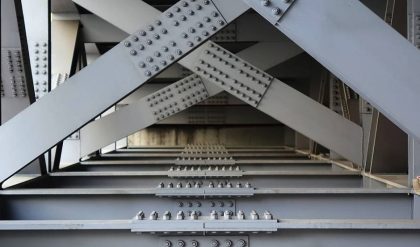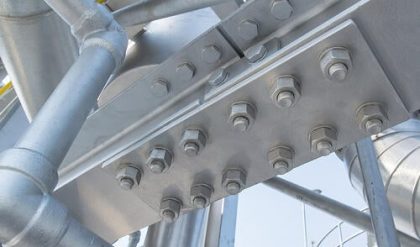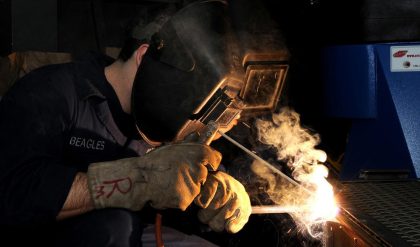• A compression member, i.e., column, is an important element of every reinforced concrete structure. These are used to transfer a load of superstructure to the foundation safely.
• Mainly columns, struts, and pedestals are used as compression members in buildings, bridges, supporting systems of tanks, factories, and many more such structures.
• A column is defined as a vertical compression member who is mainly subjected to the effective length and axial loads of which exceeds three times its least lateral dimension.
• The compression member whose effective length is less than three times its least lateral dimension is called Pedestal
• The compression member who is inclined or horizontal and is subjected to axial loads is called Strut. Struts are used in trusses.
• The function of columns is to transfer the load of the structure vertically downwards to transfer it to a foundation. Apart from the wall performs the following functions also:
(a) It encloses building areas into different compartments and provides privacy.
(b) It provides safety from burglary and insects.
(c) It keeps the building warm in cools in summer and winter.
Classification of Columns
A columns are classified based on different criteria such as:
• Shapes of Cross-Section
• Material of Construction
• Type of Loading
• Slenderness Ratio
• Type of Lateral Reinforcement



